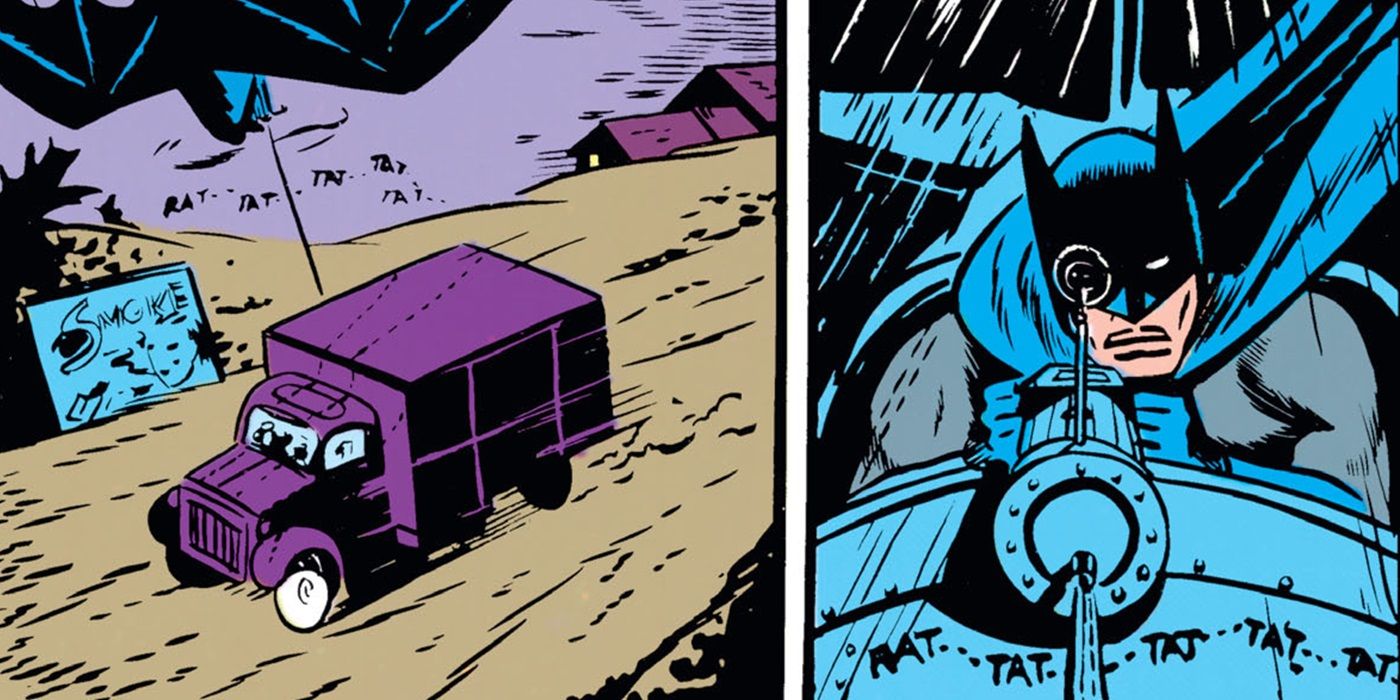This is a feature called “Live By No Man’s Code.” As you presumably know, in the mid-1950s, most of the major comic book companies (including DC Comics and what would eventually be known as Marvel Comics) agreed to form a Comics Code Authority that would dramatically reduce the amount of violence and gore that could be shown in a Code-approved comic book. It effectively put EC Comics comic book line out of business, as they relied so much on horror and crime comics. Of course, since the “Golden Age” of comic books began in the 1940s, that means we had over a decade of Pre-Code comic books. So, in this feature, we examine Pre-Code superhero comic books to see the amusing levels of gore and violence that they let them get away with at the time. Today, we look at the time that Batman had to slaughter him some Monster Men. As I have written about in the past, it is important to note that, while the Comics Code came about in the mid-1950s, the major companies realized pretty quickly that there were so many eyes on their products that they had to cool it with the violence. National Comics, in particular, introduced their own version of the Comics Code in house. By, like, 1941, Batman comic books were already dramatically different than they were when they began. Those early issues, though, boy, they were something.When Batman first appeared as a feature in Detective Comics, writer Bill Finger basically treated the feature as if it were a pulp fiction series. Finger was HEAVILY influenced by the Shadow pulp novels in the early days of the Batman character, with the introduction of Batman in Detective Comics #27 being a literal re-writing of an earlier Shadow story. Finger wasn’t the only writer influenced by the pulps, of course, as pretty much all the notable comic book writers of the era were heavily pulp-inspired. In the pulps, the most common type of bad guy was mad scientists and Finger and other comic book writers had loads of them in the early days of the Golden Age.
This is a feature called “Live By No Man’s Code.” As you presumably know, in the mid-1950s, most of the major comic book companies (including DC Comics and what would eventually be known as Marvel Comics) agreed to form a Comics Code Authority that would dramatically reduce the amount of violence and gore that could be shown in a Code-approved comic book. It effectively put EC Comics comic book line out of business, as they relied so much on horror and crime comics. Of course, since the “Golden Age” of comic books began in the 1940s, that means we had over a decade of Pre-Code comic books. So, in this feature, we examine Pre-Code superhero comic books to see the amusing levels of gore and violence that they let them get away with at the time. Today, we look at the time that Batman had to slaughter him some Monster Men.
As I have written about in the past, it is important to note that, while the Comics Code came about in the mid-1950s, the major companies realized pretty quickly that there were so many eyes on their products that they had to cool it with the violence. National Comics, in particular, introduced their own version of the Comics Code in house. By, like, 1941, Batman comic books were already dramatically different than they were when they began. Those early issues, though, boy, they were something.
When Batman first appeared as a feature in Detective Comics, writer Bill Finger basically treated the feature as if it were a pulp fiction series. Finger was HEAVILY influenced by the Shadow pulp novels in the early days of the Batman character, with the introduction of Batman in Detective Comics #27 being a literal re-writing of an earlier Shadow story. Finger wasn’t the only writer influenced by the pulps, of course, as pretty much all the notable comic book writers of the era were heavily pulp-inspired. In the pulps, the most common type of bad guy was mad scientists and Finger and other comic book writers had loads of them in the early days of the Golden Age.
#Batman #Brought #Machine #Gun #Monster #Men
Note:- (Not all news on the site expresses the point of view of the site, but we transmit this news automatically and translate it through programmatic technology on the site and not from a human editor. The content is auto-generated from a syndicated feed.))



